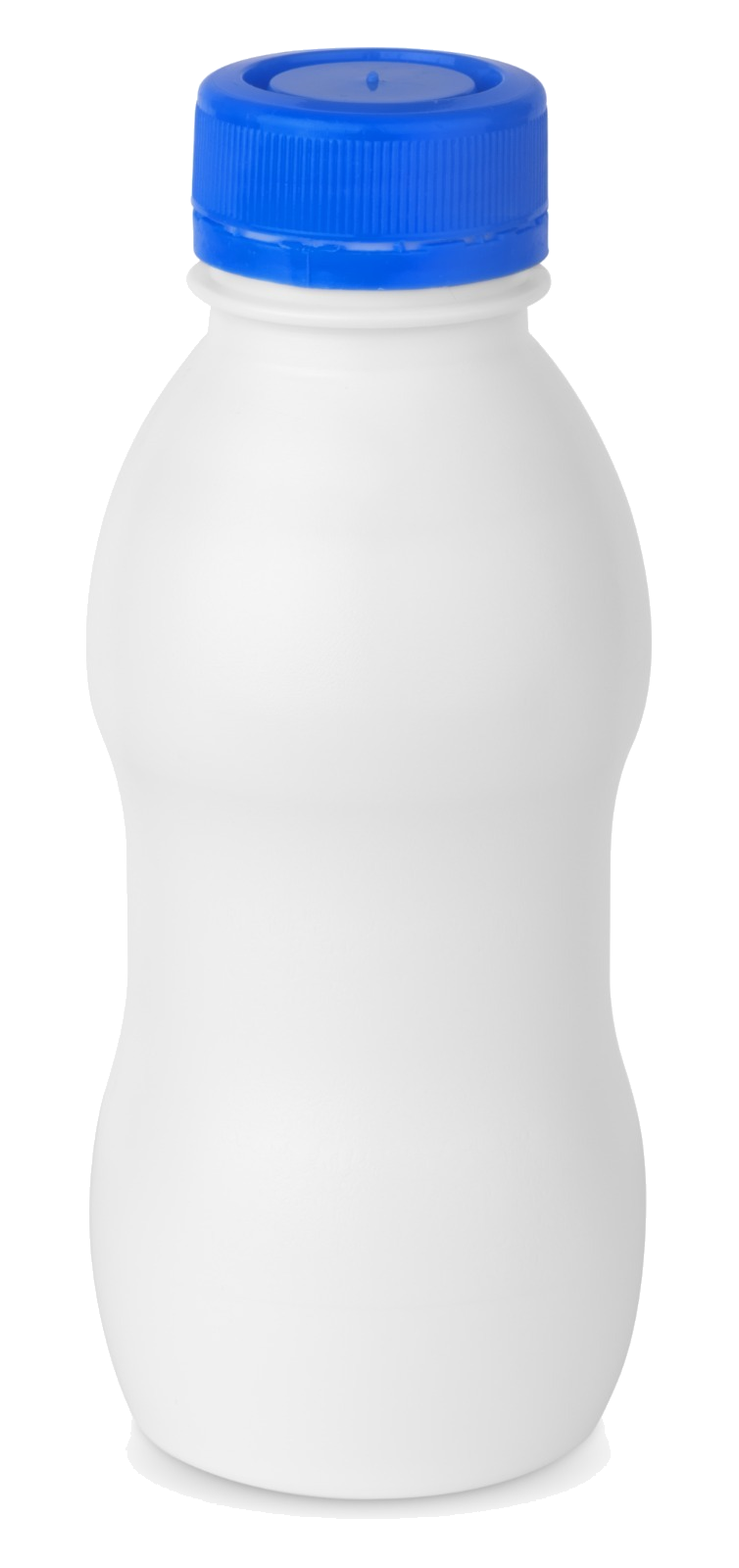
The world of bioplastics (PLA) is not standing still. Every day, every week, and every month new ideas are developed and new products are created, materials, and methods to make the world more sustainable. The purpose of the blogs is to familiarize you as a reader with bio-plastics, in particular PLA, and the existing and new applications that exist. We produce PLA bottles for milk, juice and water in different neck sizes and different sizes of preforms.
Every day we are busy developing new ways to make our products even better. Together with our partners all over the world, we are making great strides.
There are several other topics that we would like to tell you more about. Some groundbreaking, others more general, but no less important.
Want to know more about the negative impact of fossil plastic? Go to our articles and rapports about fossil plastic pollution.
Biodegradable-water-bottles.com is part of GS-Companies.
Our goal is to get 90% of the time 90% of our bottles collected and send them to the right end-of-life stream.
Recycling, industrial composting, anaerobic digesting and incineration. Closed-loop locations are the best way to introduce plant-based bottles to the market.
biodegradable-water-bottles.com. Developed by Global Solutions. All rights reserved Copyrights 2022